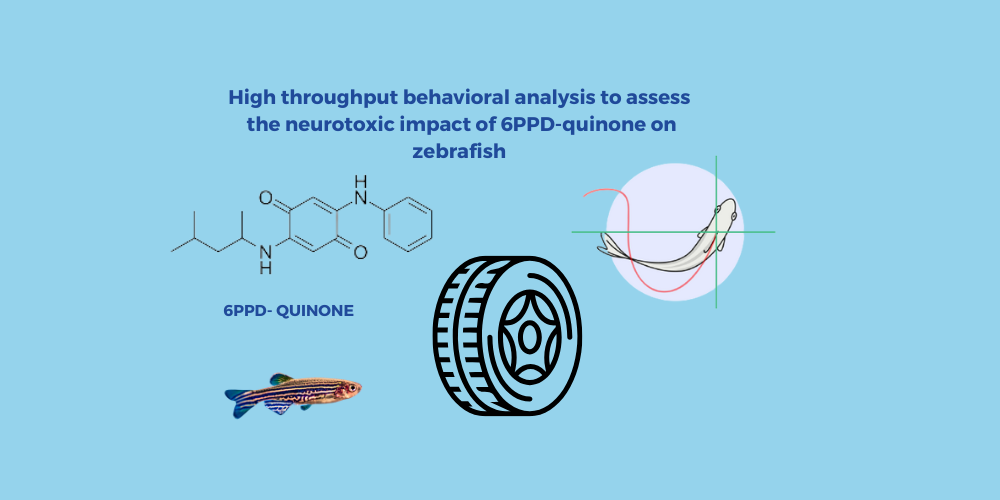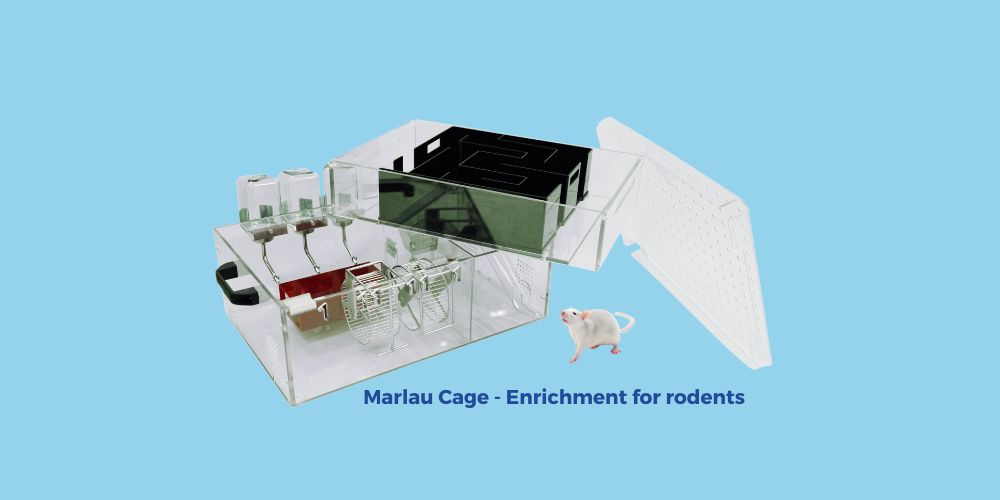What is 6PPD-quinone ?
6PPD-quinone, short for 6-Phenyl-1,3,5-Triazine-2,4-Diamine-1-Oxyl, is a chemical compound that is a byproduct of the tire industry. It is formed during the degradation of 6PPD (6-Phenyl-1,3,5-Triazine-2,4-Diamine), a commonly used antioxidant and anti-ozonant agent in tire rubber.
It is a significant environmental and health concern due to its neurotoxic properties and widespread occurrence as a tire degradation byproduct. Understanding its toxicological mechanisms and developing strategies to mitigate its impacts are crucial for environmental protection and public health.
6PPD-quinone is produced as tires degrade, particularly under conditions of heat and UV exposure.
It can leach into the environment from tire wear and tear, especially from road surfaces and landfills and thus lead to an environmental contamination.
6PPD-quinone has been identified as a neurotoxin. It can cause significant damage to neural tissues and disrupt normal neurological functions. Studies have shown that 6PPD-quinone can be harmful to aquatic life, particularly fish. It has been linked to developmental abnormalities, reduced survival rates, and behavioral changes in exposed organisms.
Ongoing research aims to understand the mechanisms of 6PPD-quinone toxicity and to develop strategies for its safe disposal and mitigation.
Why using behavior monitoring tools to assess the impact of 6PPD-quinone on aquatic species ?
High-throughput monitoring is a powerful approach in behavioral analysis, particularly for studying the neurotoxic risks of chemicals like 6PPD-quinone.
Indeed high-throughput monitoring systems (ZebraLab by ViewPoint) allow for the simultaneous monitoring of multiple subjects ( fish larvae, embryos, adult fish or other aquatic species.) under identical conditions. This accelerates the screening process, enabling researchers to test a wide range of concentrations and treatment conditions more quickly.
Behavioral analysis systems can capture detailed and quantitative data on behavioral parameters, such as swimming patterns, activity levels, and response to stimuli. This precision helps in detecting subtle changes that may indicate neurotoxicity.
It also provides comprehensive behavioral profiles, including measures of locomotor activity, anxiety-like behavior, and social interactions. These profiles can reveal specific behavioral alterations caused by 6PPD-quinone exposure.
Example of zebrafish larvae (or other aquatic species) monitoring :
Zebrafish larvae can be monitored in multi-well plates using automated tracking systems. These systems can record swimming patterns, response to light and dark cycles, and other behaviors over extended periods.
Specialized software such as ZebraLab can analyze the recorded data to generate quantitative metrics, such as total distance traveled, velocity, and time spent in specific areas of the well.
These experiments can be transposed to other aquatic model species such as gammarus, daphnia etc .. and/or other stages of evolution. ZebraLab can be adapted to different hardware depending on whether the fish are larvae, embryos or adults.
Zebrabox - Zebracube - ZebraTower - ToxmateLab
Related publication :
Zhengwei Huang et al - 2024 - Ecotoxicology and Environmental Safety - "Protective role of ghrelin against 6PPD-quinone-induced neurotoxicity in zebrafish larvae (Danio rerio) via the GHSR pathway"
This publication explores the potential protective effects of ghrelin on neurotoxicity induced by 6PPD-quinone in zebrafish larvae.
Ghrelin is a hormone primarily known for its role in regulating appetite and metabolism, but it also has neuroprotective properties.
Zebrafish (danio rerio) is a popular model organism in developmental biology and toxicology due to their rapid development, transparency during early stages, and genetic tractability.
The study aims to investigate whether ghrelin can mitigate the neurotoxic effects of 6PPD-quinone in zebrafish larvae and to understand the underlying mechanisms, specifically focusing on the Growth Hormone Secretagogue Receptor (GHSR) pathway.
Behavior monitoring analysis in this study provided critical insights into the neurotoxic effects of 6PPD-quinone and the protective role of ghrelin. By using high-throughput monitoring techniques, the researchers were able to quantitatively assess behavioral changes and draw conclusions about the potential therapeutic effects of ghrelin via the GHSR pathway.
The measured behavioral parameters are :
-
Locomotor activity, with the total distance traveled, the velocity and the freezing behavior.
-
Exploratory behavior including the tendency to stay near the edges of the well, which might indicate anxiety-like behavior (thigmotaxis) and analysis of the changes in swimming patterns which can reflect alterations in neurological function.
-
Response to stimuli with light/dark preference test to assess the larvae’s response to changes in light conditions and with startle response to indicate sensorimotor function.
The software ZebraLab was used to track the larvae’s movements and convert video data into quantitative metrics.
The behavior high throughput monitoring enabled to show that larvae exposed to 6PPD-quinone showed significant changes in behavioral parameters, such as reduced locomotor activity, altered swimming patterns and increased freezing behavior, indicating neurotoxicity.
For more detailed information, please access the full publication





